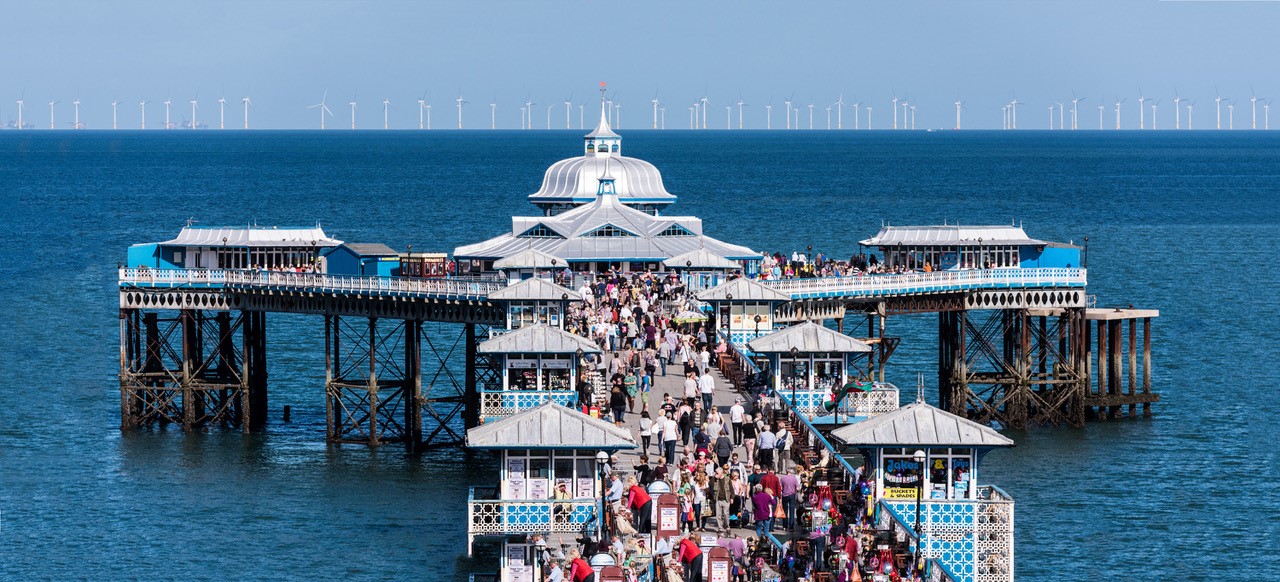3 Common Mistakes Made When Insuring a Pier
Seaside Piers are quite difficult to insure, so we have asked our Managing Director Jon Newall (the UK’s most experienced pier insurance broker) about what are the common pitfalls when arranging insurance for piers.
- The wrong type of Pier Insurance
This is the most common mistake we come across, and it’s a big one. Almost every pier we insure, or have quoted for has been insured as property. This is usually as part of a Commercial Combined Policy, or as a property owner’s policy. Which to the layman may seem normal, however they should really be inured as a Marine Structure.
The difference between the two type of insurance is significant, as a property based policy wording is designed for properties based on land. Whereas a Marine Structures Policy wording is more relevant for Pier Insurance as it covers risks such as Marine Impact & Wave Action. These perils are a very real exposure to piers given they extend into the sea, with very little of the structure being on land.
Whilst the property based pier insurance option is usually cheaper, these significant gaps in cover can be a costly error for the pier owner in the long run.
- The Basis of Cover
Understanding the basis is cover is another common mistake we find when reviewing pier insurance. To explain this in simple terms, when you insure a normal building you declare a rebuild sum insured. This sum insured needs to reflect what it would cost to demolish the property and reinstate it following a major loss. However, if you under declare this figure you would be subject to underinsurance.
i.e – If you declared a rebuild figure of £500,000, but the figure to reinstate is nearer £1,000,000, you would be underinsured by 50%. In these situations, insurers would reduce your sum inured by 50%, so the most you could claim in a total loss would be £250,000.
When insuring a pier, you must take into account balance the cost of insurance, against the high cost of reinstatement, the fact that is very hard to get an accurate reinstatement figure for a pier, and what financial exposure you have to a major loss as a pier own.
For the above reasons, we work on a pure indemnity basis. Which is you don’t declare a reinstatement value, you just purchase a suitable sum of indemnity cover, usually between £1m-£10m. This type of pier insurance arrangement doesn’t have any scope for insurers to apply underinsurance.
- Not having a structural survey of the pier
It may seem like common sense to know what structural condition your pier is in, however a surprising amount of piers we have seen haven’t had a structural survey in years. To get the best terms possible from underwriters we need to be able to give them an accurate representation of the condition of the pier. Without any sight of a professional report underwriters will always give terms on the worst-case scenario
Jon Newall & Shaun Mallia are Lockyers experts in insuring piers. To have a chat, and see how they can help you with your pier insurance give them a call on 01924 278222.
We don’t just offer our pier insurance services direct to clients, we can provide this service on a wholesale basis to other brokers too


